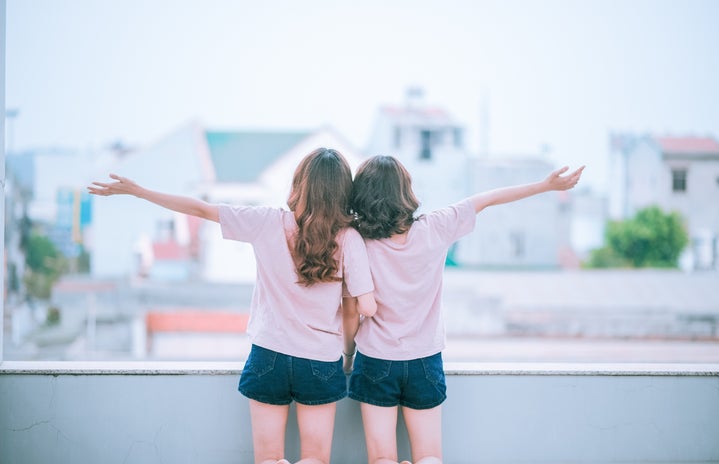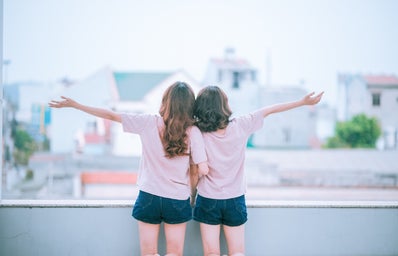I walked into a comic book store one afternoon and upon peering through the dusty volumes of comics, some aged by time, others glossy and new, I felt someone staring at me. I glanced around to find the owner squinting suspiciously at me. It wasn’t until I started asking him about certain comics and talking with him about the latest Captain America movie, did he seem to relax. I had, in his eyes, proved myself worthy of being in his store. It was a strange feeling; because a comic book store, with its cramped shelves and dusty volumes, is just like any bookstore. But the environment is vastly different. This is perhaps because comic book culture is skewed towards men.
For some reason, men always seem surprised when women are interested in comics or comic book movies. It shouldn’t make any difference whether it is a novel or a comic. But those who read comics inhabit a certain “nerdy” air about them that I suppose separates them from the readers of novels. The “nerd culture” surrounding comics is seemingly predominately male. I know many women read and enjoy comics; but they seem to be hidden under the dense population of men.
For women actually writing the comics, the demographic is still, sadly low. “Among comic-creators, the numbers are even more discouraging. Tim Hanley, a comics historian and researcher, analyzes who’s behind each month’s batch of releases… In August, Hanley found that men outnumbered women nine-to-one behind the scenes at both DC and Marvel.” (Hickey, FiveThirtyEight).
This statistic doesn’t seem possible. Is it that women don’t prefer to write comics or do they feel pushed out of the community altogether? Why are the creators so often men? Luckily, things are taking a turn for the better when it comes to female writers and creators. Before, Marvel Comics was notorious for not hiring or having any African American women writers or artists for their comics. DC comics had a only two black women writing for them. Now, novelist Roxane Gay is writing a new graphic novel, Black Panther: World of Wakanda, that centres around two characters, Ayo and Aneka, who used to be affiliated with the all-female Black Panther protection squad. The comic also has writers Yona Harvey and Afua Richardson, co-writing; who are both black women.This is a huge step toward equal representation in comics, even though it’s only three women; these woman can help pave the way for other writers and designers.
Along with the writers, the ratio is improving for female characters and superheroes. In the 1950’s, the percentage of women superheroes in both Marvel and DC Comics were below 15%. Now, the numbers are starting to climb to almost 30%. Slowly, but surely, females are beginning to play larger roles as superheroes. Still, if you look at Marvel film, the Avengers had one woman on the team, Black Widow, until the Age of Ultron brought Scarlet Witch into the picture. In DC’s film Batman vs. Superman, Wonder Woman became a large part of the film. Superheroes are so important to both genders. Having characters like Peggy Carter, who started one of the largest corporations in the Marvel Universe or Felicity Smoak, who is one of the smartest hackers and technicians in the DC universe, are vastly important for people everywhere, watching the movies or reading the comics. Its shows that woman can do anything men can- they are not weak and can be just as strong and just as mighty against evil.
I know it may seem like a small thing, because comics are not real and they do not portray real life; but it is important to keep showing the world of comic book readers that women heroes can be in thesame roles as male heroes and they can be just as popular. “I know my value, everyone else’s opinion doesn’t matter.” – Peggy Carter, Agent Carter.


